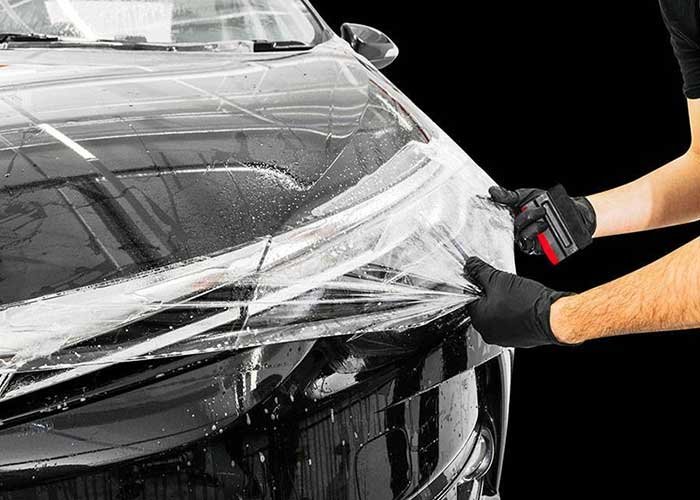
PPF
Introduction to Paint Protection Films (PPF)
Paint Protection Films (PPF) are a popular choice among car enthusiasts and owners who wish to preserve the pristine appearance of their vehicle’s paintwork. These transparent, urethane films protect the car’s surface from scratches, chips, stains, and other environmental hazards. PPF is highly durable and can extend the life of a car’s paint, maintaining its showroom shine for years. However, to ensure the longevity and effectiveness of PPF, proper maintenance is crucial. One such maintenance practice is the “Trip Wash.”
What is a Trip Wash?
A Trip Wash is a specialized car wash procedure aimed at maintaining vehicles with Paint Protection Films, especially after long journeys or road trips. During a trip, cars are exposed to various elements such as dirt, grime, bugs, tar, and other contaminants that can accumulate on the PPF. These contaminants, if not promptly removed, can degrade the film and diminish its protective qualities.
Importance of Trip Wash for PPF
Prevents Contaminant Build-Up: Long trips expose cars to a myriad of contaminants that can adhere to the PPF. Regular trip washes ensure that these particles are removed before they can cause any lasting damage.
Maintains Aesthetic Appeal: The primary purpose of PPF is to keep the vehicle looking new. A trip wash helps in maintaining the clarity and transparency of the film, ensuring the car continues to look clean and shiny.
Extends PPF Longevity: Regular cleaning prevents the film from wearing down prematurely. Dirt and other particles can act as abrasives, slowly degrading the film’s surface. A trip wash mitigates this risk, prolonging the life of the PPF.
Best Practices for Trip Wash
Gentle Cleaning Agents: Use pH-neutral and film-safe car shampoos to avoid damaging the PPF. Harsh chemicals can erode the film and compromise its protective capabilities.
Microfiber Cloths: Employ soft microfiber cloths for washing and drying. These cloths are gentle on the film and help avoid scratches and swirl marks.
Pre-Wash Rinse: Begin with a thorough rinse to remove loose dirt and debris. This step prevents scratching during the washing process.
Two-Bucket Method: Use the two-bucket method—one for the soapy water and another for rinsing the wash mitt. This technique reduces the chances of reapplying dirt onto the surface.
Spot Cleaning: Pay special attention to areas with stubborn contaminants like bug splatters and tar. Use a PPF-safe cleaner and a gentle scrubbing pad to remove these spots without damaging the film.
